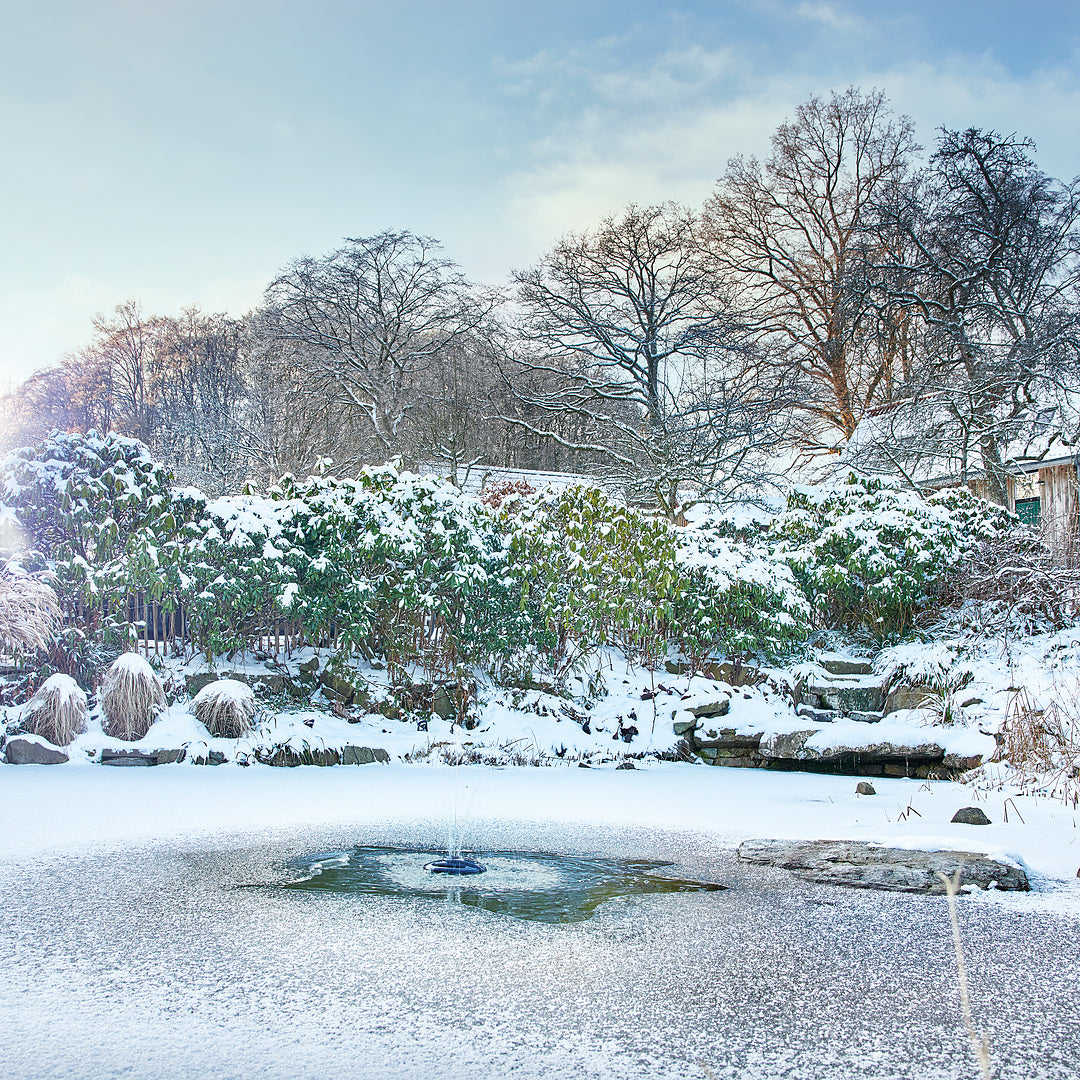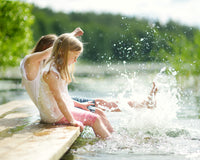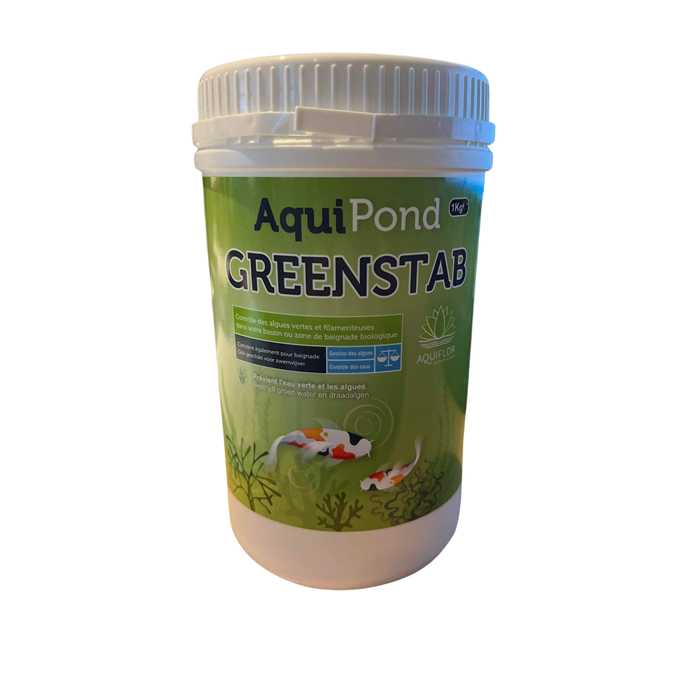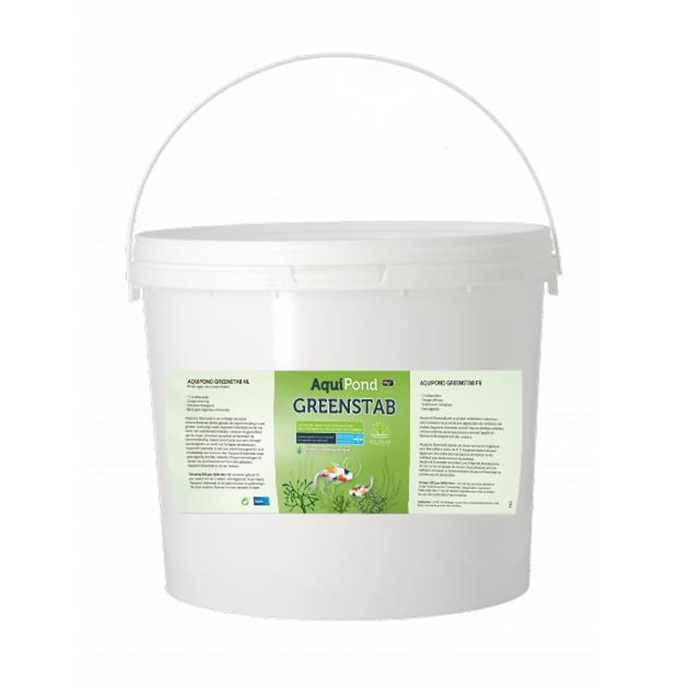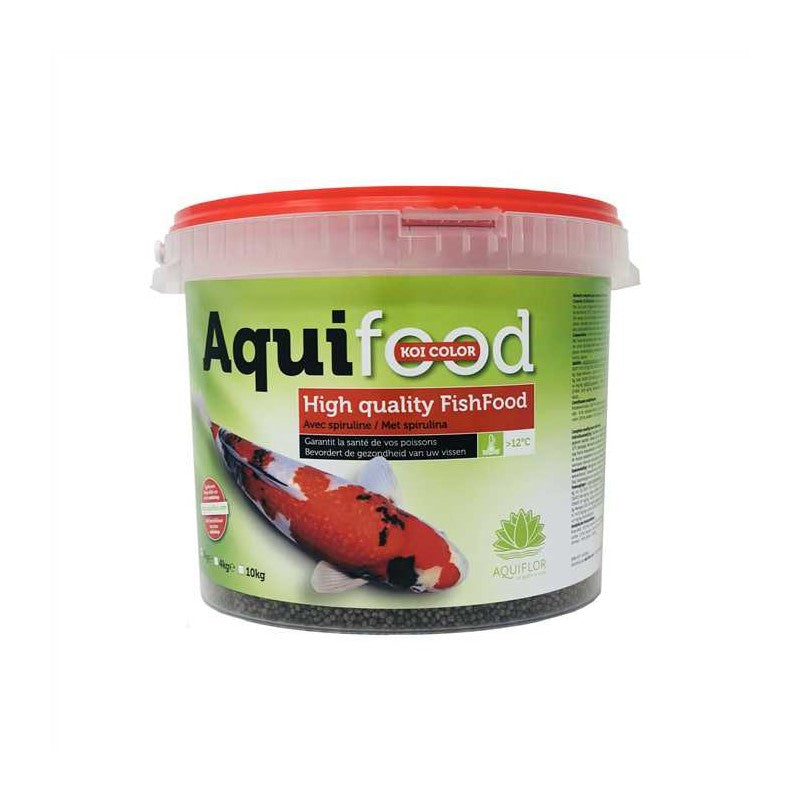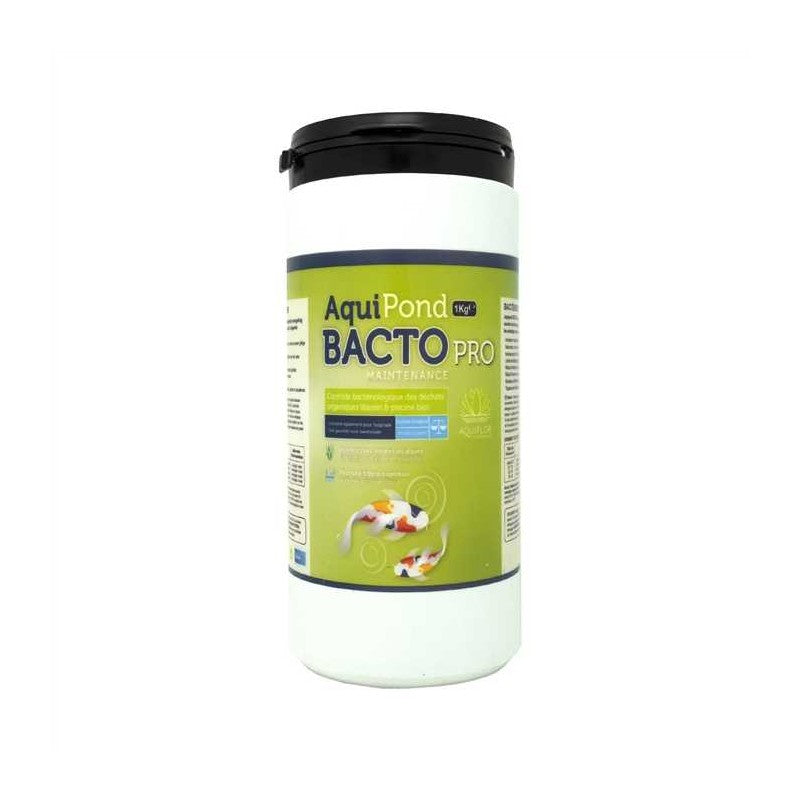Why promote biodiversity in winter?
In winter, aquatic and terrestrial wildlife often depend on the limited resources available. Your pond, whether natural or ornamental, can become a haven for many species if you take a few simple measures. Promoting biodiversity in winter means:
- Protect local species by providing them with shelter and food resources.
- Preserve the ecological balance of the basin to avoid imbalances in spring.
- Contribute to the fight against the decline of biodiversity in our gardens.
1. Create shelters for pond animals
Submerged and oxygenating plants
Keep aquatic plants such as Ceratophyllum demersum or potamogetons. These plants provide shelter for fish and small invertebrates during the winter. They also help maintain optimal water quality by limiting the appearance of algae.
Hiding places for amphibians and fish
Add natural elements such as submerged branches, stones or hollow areas around the edge of the pond. Frogs, newts and fish will find refuge there.
Organic matter in the soil
Leave a small amount of dead leaves at the bottom of the pond. They will provide a food source and micro-habitats for invertebrates, while slowly decomposing.
2. Feed birds and other garden animals
Adapted feeders
Set out feeders filled with high-energy seeds, such as sunflower or millet, to help birds through the winter. Be sure to place them near your pond to encourage visits from a variety of species.
Nest boxes and shelters
At Aquishop, we offer quality birdhouses and feeders to support biodiversity. Natural wood birdhouses are perfect for welcoming tits, robins and other small birds during icy nights.
3. Keep water accessible
In winter, the surface of the pond can freeze, which poses a problem for fish and birds that come to drink or feed. Here's how to keep some of the water accessible:
- Install a pond anti-freeze or aerator. These solutions prevent complete ice formation, allowing oxygen to circulate and animals to access the water.
- Avoid breaking the ice violently, as this can disturb aquatic wildlife.
4. Plant winter-friendly plants
Some terrestrial and aquatic plants provide ecological value throughout the winter. Among them:
- Native perennial plants such as reeds or sedges, which provide hiding places for insects.
- Berry shrubs such as holly or rowan, which provide valuable food for birds.
5. Limit interventions in the basin
Let your pond evolve naturally in winter. Too invasive an intervention, such as excessive cleaning, can disturb the wildlife that lives there. Promote balance by removing only surface debris that could obstruct oxygenation.
6. Use natural products for pond maintenance
Winter maintenance remains crucial, but it must be gentle on the ecosystem. Opt for natural solutions such as Aquipond's GreenStab , which acts against algae even in cold water, while respecting flora and fauna.
7. Observe and learn
Finally, take advantage of this period to observe the interactions around your pond. You will be surprised to discover the life that persists despite the cold. Note the species that visit your garden and adjust your efforts over time to meet their needs.
Creating a healthy ecosystem for seasons to come
By following these steps, you will make your pond a true haven for biodiversity, even during the coldest months. Not only will you support local wildlife, but you will also prepare your pond for a spring rich in life and color.
👉 Need advice or suitable products? Explore our range on Aquishop , your simplified store to create and maintain a natural ecosystem in your garden. Together, let's make your pond a corner of paradise for biodiversity! 🌿

